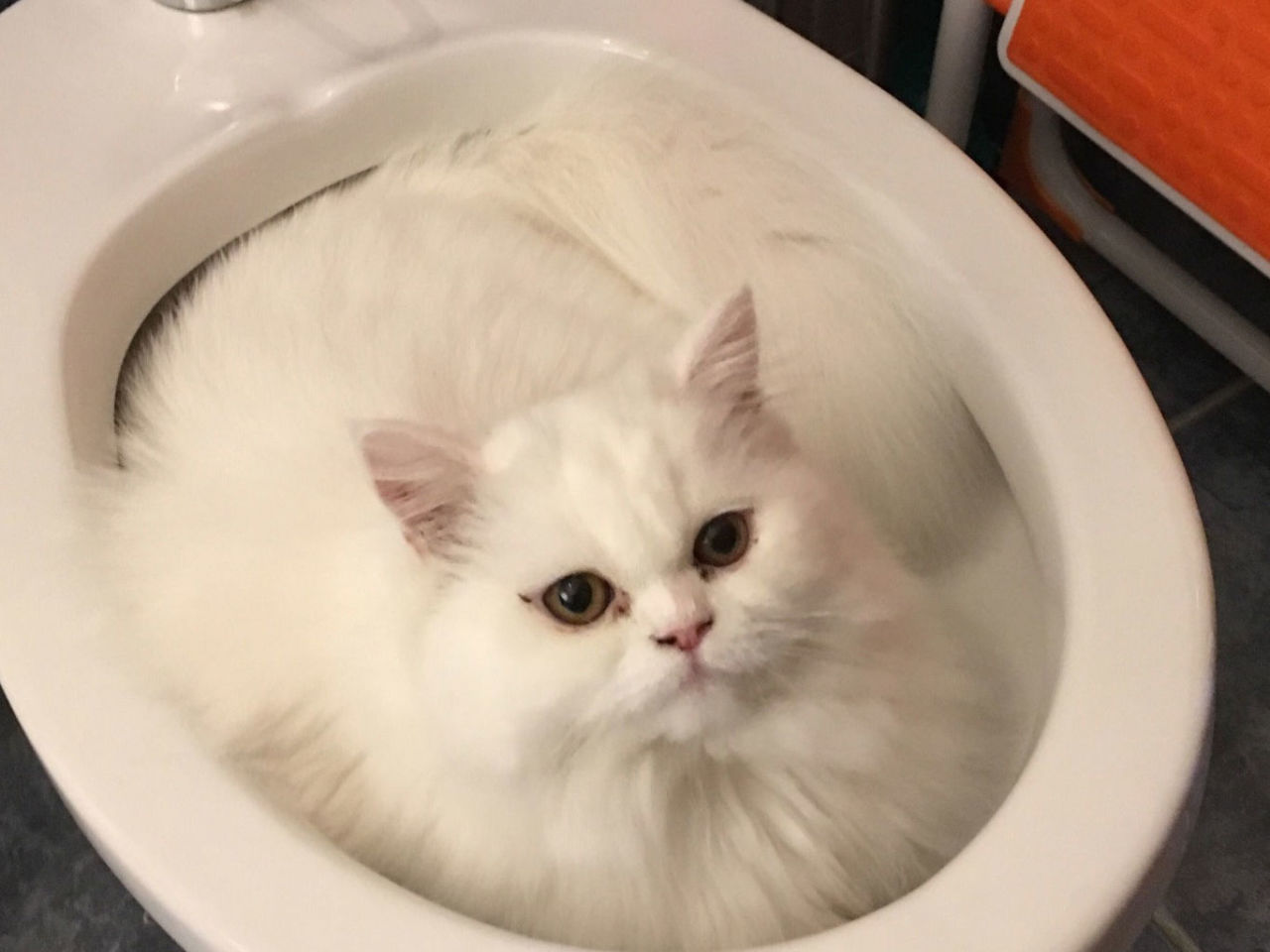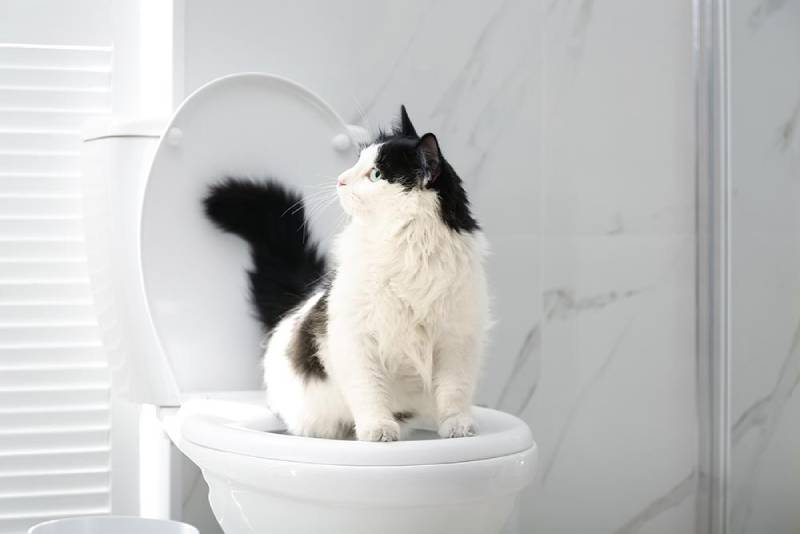How do you really feel in relation to 4 Reasons Why Dog Poop Cleanup is Important?

When it pertains to dealing with waste, particularly animal waste, many people usually resort to the practical choice of flushing it down the commode. Nonetheless, this apparently very easy service can have major repercussions for the atmosphere and public health. In this post, we'll explore why flushing animal waste down the bathroom is a negative concept and give alternative methods for appropriate disposal.
Intro
Appropriate waste disposal is essential for maintaining environmental sustainability and public health. While it might appear harmless to purge animal waste down the commode, it can cause different problems, both for the environment and human well-being.
Threats of flushing pet waste
Ecological impact
Flushing pet waste introduces harmful germs and pathogens right into rivers, which can negatively impact marine ecosystems. These pathogens can contaminate water sources and injury aquatic life, interrupting fragile ecosystems.
Public health issues
Pet waste includes unsafe bacteria such as E. coli and Salmonella, which can position severe health threats to people. Flushing pet waste down the commode can pollute water supplies, bring about the spread of illness and infections.
Alternatives to flushing
Instead of purging pet waste down the commode, there are a number of different disposal techniques that are a lot more environmentally friendly and sanitary.
Composting
Composting pet waste is an environmentally friendly means to take care of it. By composting, raw material is broken down into nutrient-rich soil, which can be utilized to fertilize yards and plants.
Land fill disposal
Disposing of pet waste in a garbage dump is an additional alternative. While not as environmentally friendly as composting, it is a much safer choice to flushing, as it protects against the contamination of water sources.
Pet garbage disposal systems
There are customized animal garbage disposal systems available that safely and hygienically throw away pet waste. These systems commonly make use of enzymes to break down waste and remove smells.
Steps to appropriate animal waste disposal
To ensure correct disposal of animal waste, comply with these actions:
Scooping and bagging waste
Consistently scoop and bag pet waste using biodegradable bags. This stops waste from infecting the atmosphere.
Making use of marked waste containers
Dispose of bagged animal waste in marked waste containers, such as compost bins or landfill bins. Avoid flushing it down the bathroom whatsoever costs.
Cleaning up litter boxes and animal locations consistently
Consistently clean litter boxes and family pet locations to stop the build-up of waste and microorganisms. Use pet-safe cleaning products to preserve health.
Advantages of correct disposal methods
Taking on proper disposal techniques for animal waste provides several benefits:
Minimized environmental pollution
Correct disposal approaches lower the threat of environmental pollution, protecting waterways and communities from contamination
Decreased threat of water contamination.
By avoiding flushing pet waste down the toilet, the danger of water contamination is substantially lowered, securing public health.
Boosted hygiene and hygiene
Proper disposal techniques promote much better hygiene and health, developing a much safer atmosphere for both people and pets.
Conclusion
In conclusion, flushing pet waste down the commode is dangerous to the atmosphere and public health. By adopting different disposal techniques and adhering to appropriate waste management techniques, we can minimize the adverse impact of pet waste and add to a cleaner, healthier earth.
What To Do With Dog Poo – The Do's And Don'ts Of Disposing Of Faeces
Dog poo bins
Some councils provide dedicated dog waste bins in popular dog-walking areas that can take dog poo that has been bagged but you can legally dispose of dog waste in any public litter bin, as long as it is securely bagged. This also applies to your wheelie bin at home.
Do not flush
Water companies do not recommend flushing dog faeces down the toilet because certain parasites can survive the water processing treatment and are potentially harmful to humans. You should also never consider flushing dog poo that has been bagged down the toilet as the bags will not break down and instead create severe blockages in the sewage system.
In the woods
The Forestry Commission promotes a ‘stick and flick’ method for dealing with waste in the woods. This means finding a stick and using it to flick any poo from off the path so that it is out of the way of other walkers. You could also bury it as long as it is not in an area where there might be livestock.
Livestock
Parasites found in dog poo can be transmitted to livestock if they inadvertently eat infected faeces that has been left on grazing land. This could result in the death of sheep or abortion in cattle so you should always make sure you pick up your dog’s waste in fields where livestock could be present.

Consistently clean litter boxes and family pet locations to stop the build-up of waste and microorganisms. Use pet-safe cleaning products to preserve health.
Advantages of correct disposal methods
Taking on proper disposal techniques for animal waste provides several benefits:
Minimized environmental pollution
Correct disposal approaches lower the threat of environmental pollution, protecting waterways and communities from contamination
Decreased threat of water contamination.
By avoiding flushing pet waste down the toilet, the danger of water contamination is substantially lowered, securing public health.
Boosted hygiene and hygiene
Proper disposal techniques promote much better hygiene and health, developing a much safer atmosphere for both people and pets.
Conclusion
In conclusion, flushing pet waste down the commode is dangerous to the atmosphere and public health. By adopting different disposal techniques and adhering to appropriate waste management techniques, we can minimize the adverse impact of pet waste and add to a cleaner, healthier earth.
What To Do With Dog Poo – The Do's And Don'ts Of Disposing Of Faeces
Dog poo bins
Some councils provide dedicated dog waste bins in popular dog-walking areas that can take dog poo that has been bagged but you can legally dispose of dog waste in any public litter bin, as long as it is securely bagged. This also applies to your wheelie bin at home.
Do not flush
Water companies do not recommend flushing dog faeces down the toilet because certain parasites can survive the water processing treatment and are potentially harmful to humans. You should also never consider flushing dog poo that has been bagged down the toilet as the bags will not break down and instead create severe blockages in the sewage system.
In the woods
The Forestry Commission promotes a ‘stick and flick’ method for dealing with waste in the woods. This means finding a stick and using it to flick any poo from off the path so that it is out of the way of other walkers. You could also bury it as long as it is not in an area where there might be livestock.
Livestock
Parasites found in dog poo can be transmitted to livestock if they inadvertently eat infected faeces that has been left on grazing land. This could result in the death of sheep or abortion in cattle so you should always make sure you pick up your dog’s waste in fields where livestock could be present.

As a passionate reader about Why you should never flush dog poop down the toilet, I thought sharing that piece of content was worth the trouble. Sharing is nice. You just don't know, you may very well be doing someone a favor. I take joy in your readership.
Call